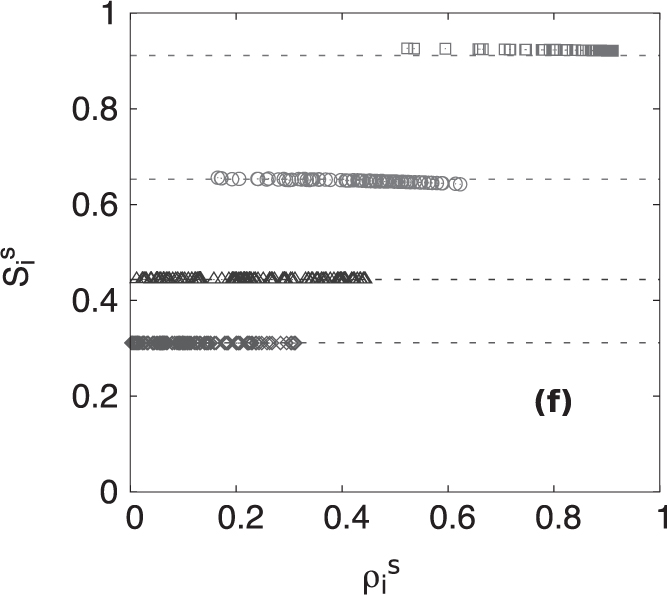EPJ B Highlight - Predicting influencers has just been made simpler
- Details
- Published on 26 January 2018

Understanding the dynamics of message transmission in networks leads to identification of key individuals spreading news and viruses in epidemics
Social networks, such as Twitter, thrive on key influencers spreading news. Like information, epidemics also spread from key individuals. To identify the most influential actors in such networks, many studies have, until now, focused on ranking the influence of individual nodes. But these methods are not accurate enough to single out influential spreaders because they fail to take into account the spreading dynamics. Now, Byungjoon Min from the Institute of Interdisciplinary Physics and Complex Systems, Balearic Island University, Palma de Mallorca, Spain, has calculated for the first time the expected size of epidemic outbreaks when spreading originates from a single seed. In a study published in EPJ B, Min accurately predicts the influence of spreaders in such networks. Applications include viral marketing, efficient immunisation strategies, and identifying the most influential actors in our society.
The author set out to overcome the limitations of previous methods by directly developing a theory for finding influential spreaders. To do so, Min examines the issue from the perspective of the message transmission. He relies on what he calls a susceptible-infected-recovered (SIR) model, typically used for modelling epidemics, capable of describing irreversible spreading processes. The theory presented in this study is based on the precise mapping between the SIR model and the percolation of the message alongside bonds between members of the network.
In this study, Min computes the expected size of epidemic outbreaks on networks, starting from a single node. He then validates the theory by means of extensive numerical simulations on artificial and empirical networks with various transmission probabilities. Min’s findings show that the location of an initial spreader affects the probability of epidemic outbreaks. However, it doesn't affect the average size of epidemic outbreaks once they occur.
B. Min (2018), Identifying an influential spreader from a single seed in complex networks via a message-passing approach,
European Physical Journal B 91: 18, DOI: https://doi.org/10.1140/epjb/e2017-80597-1





